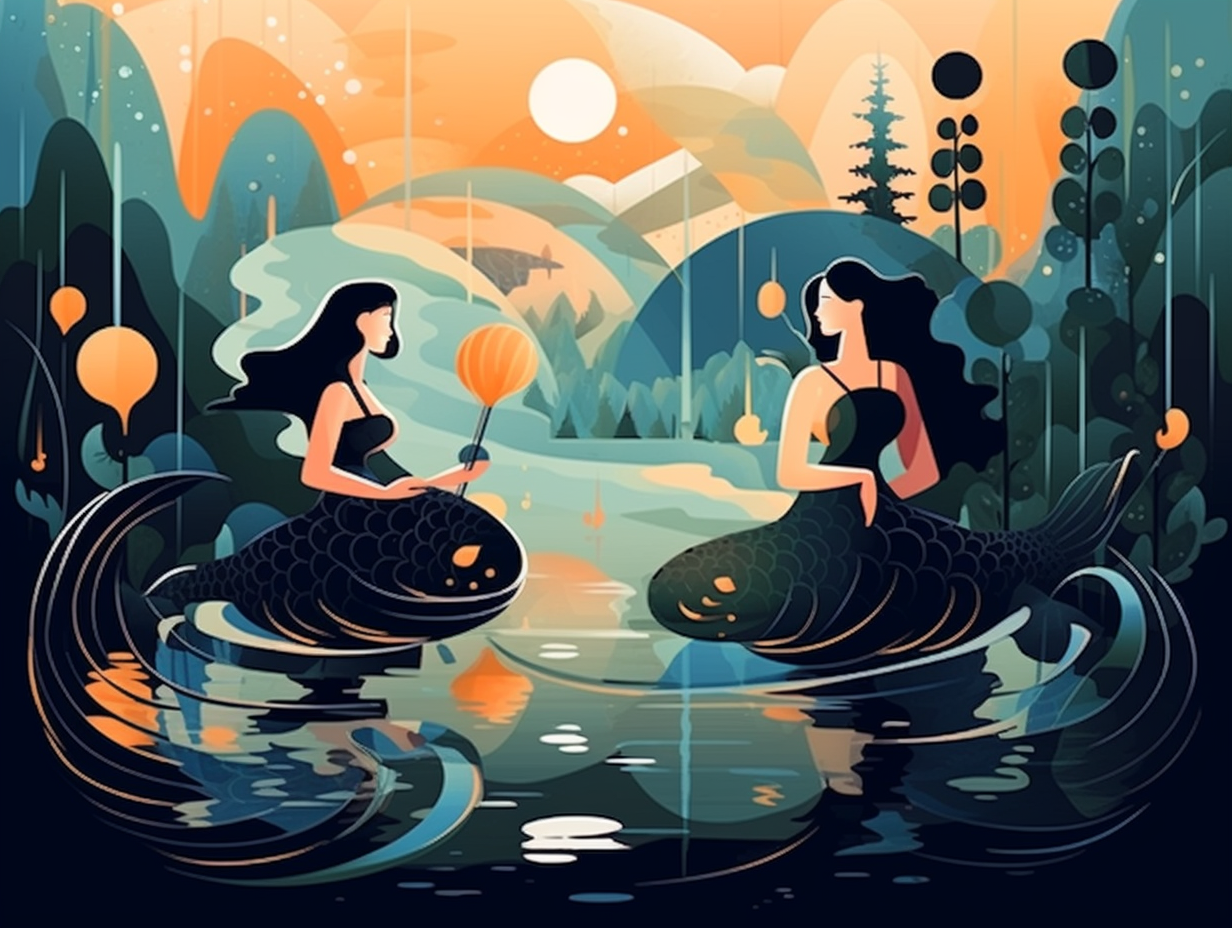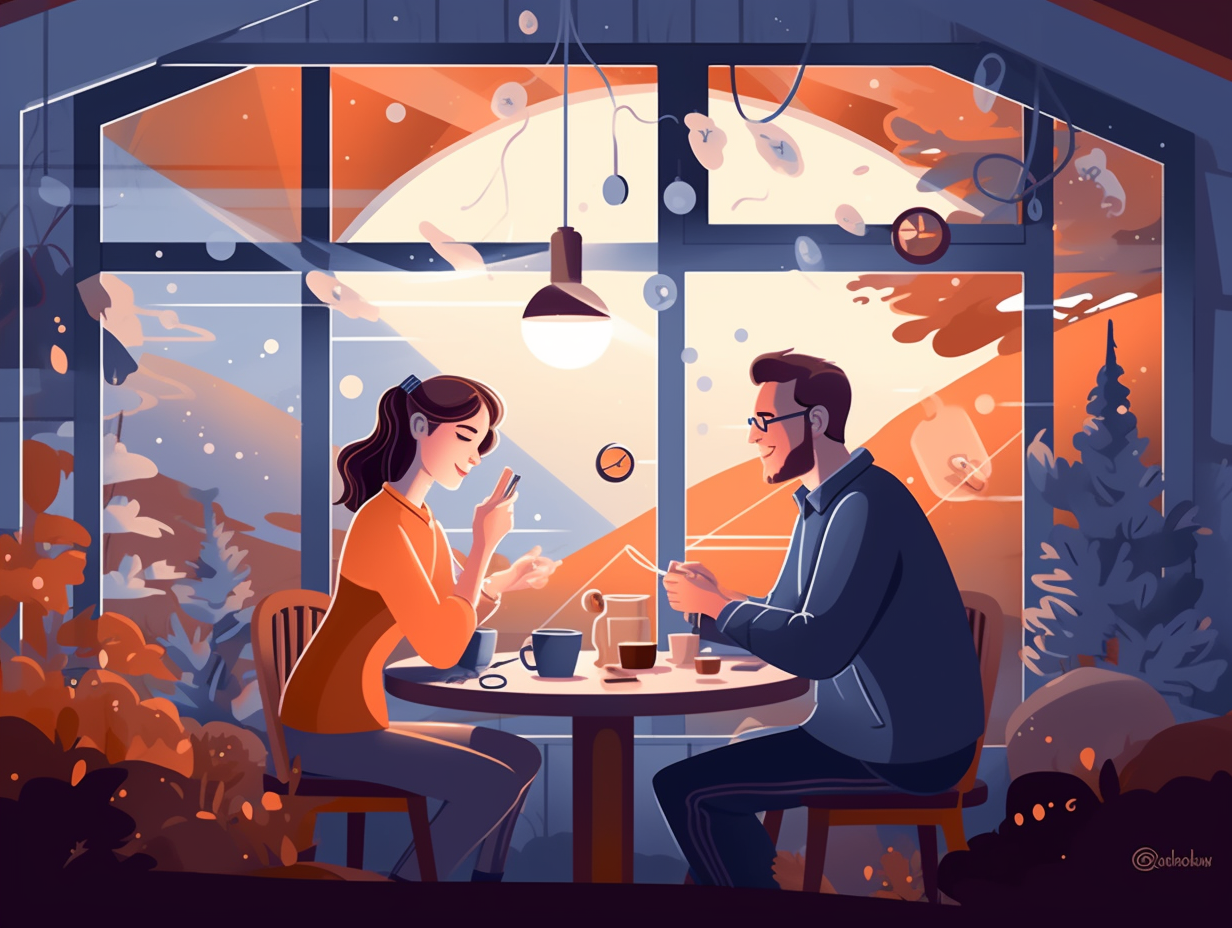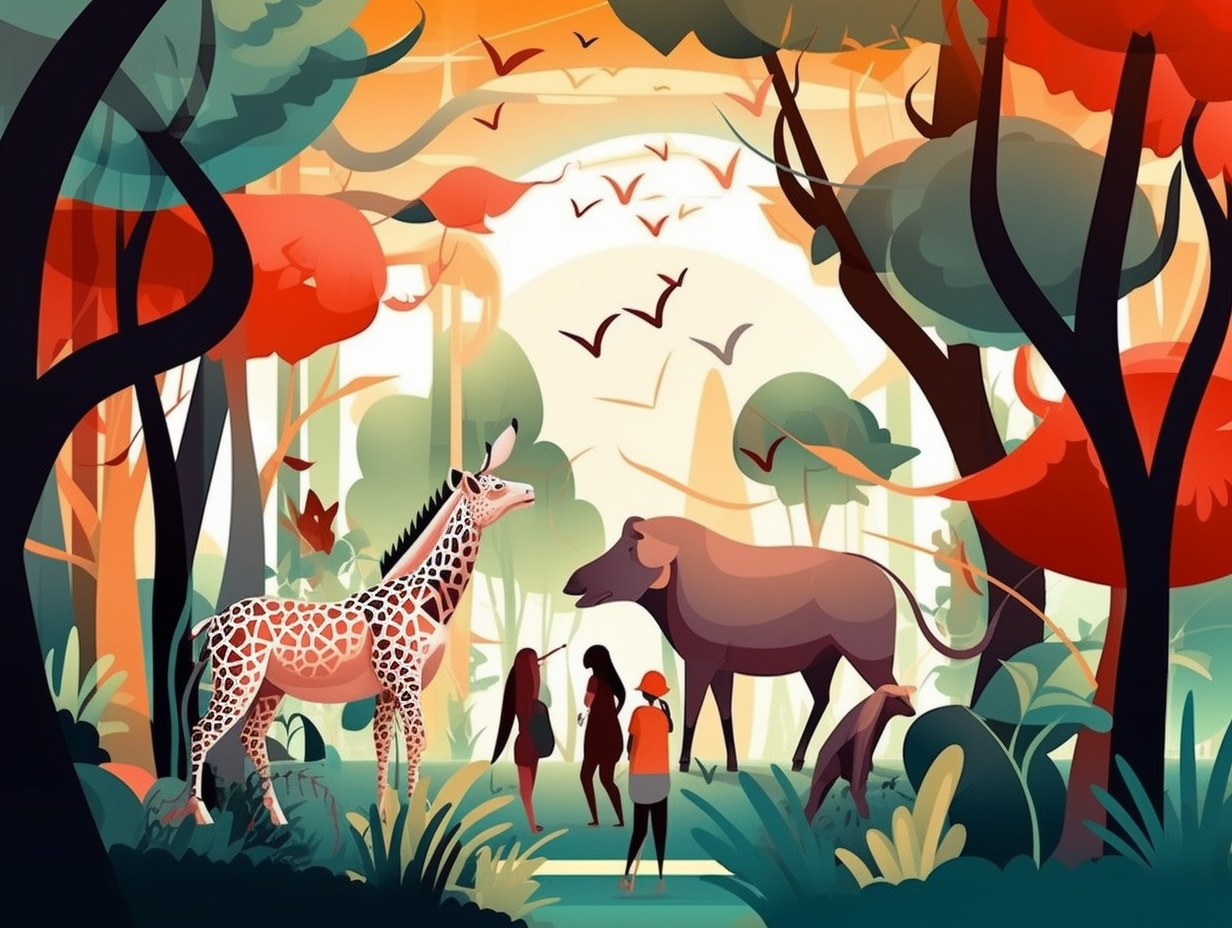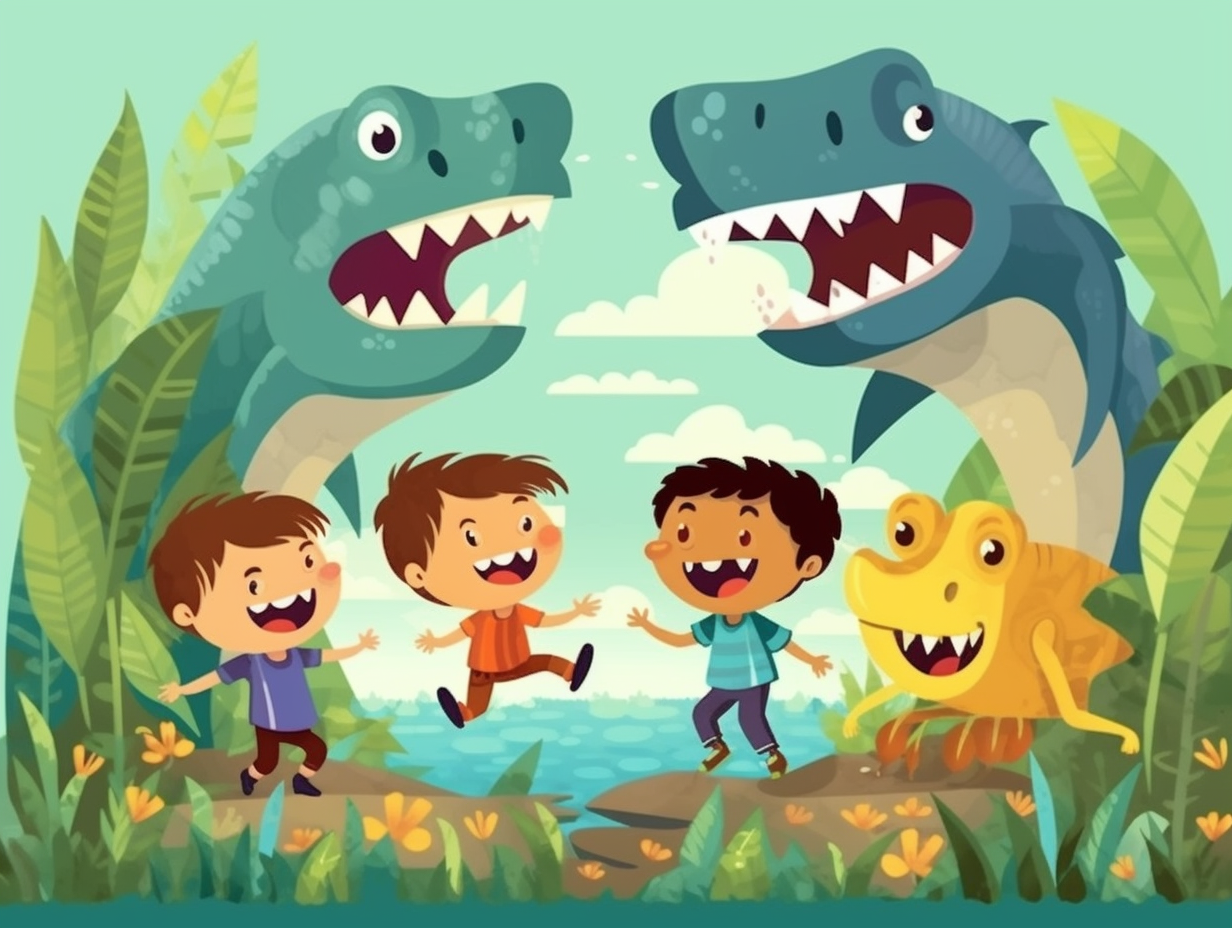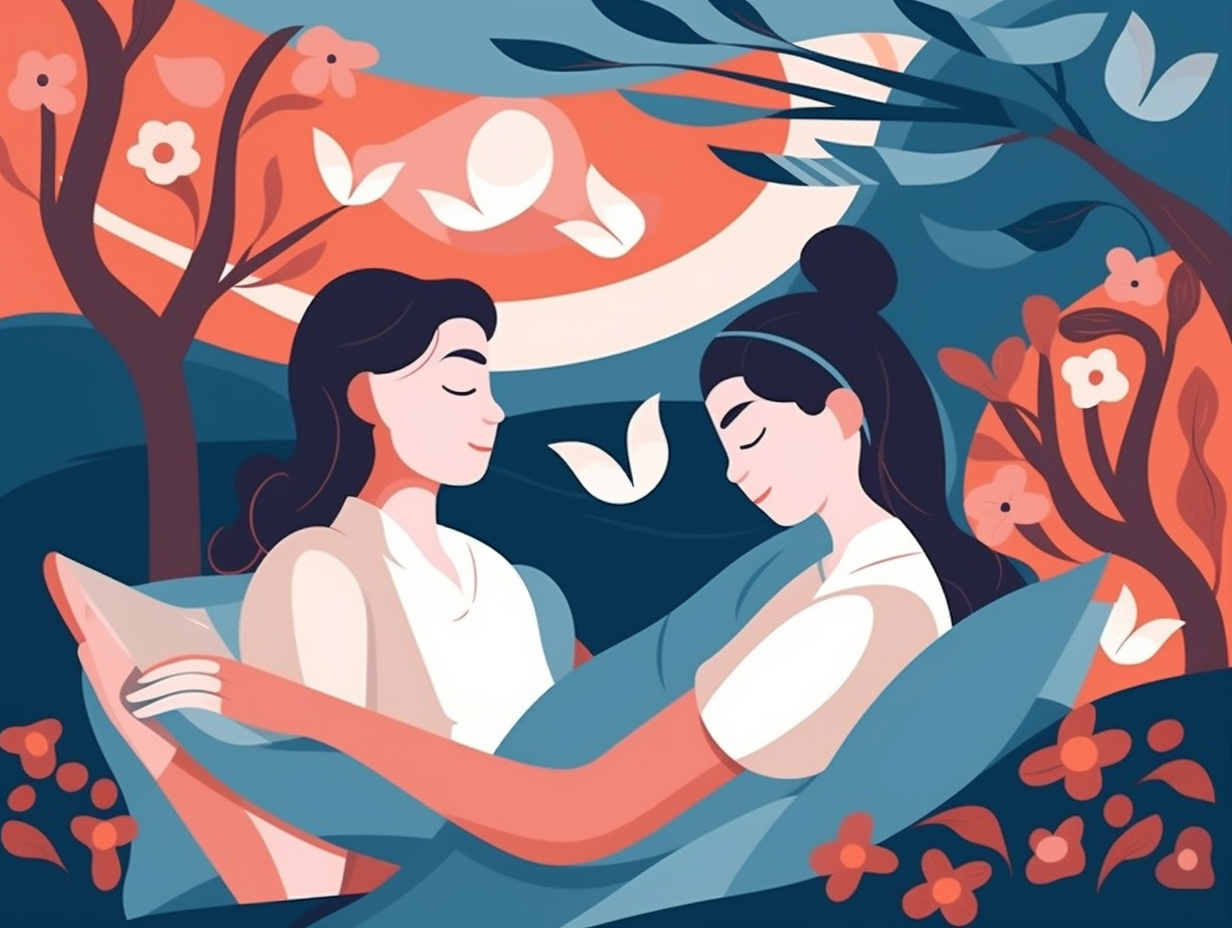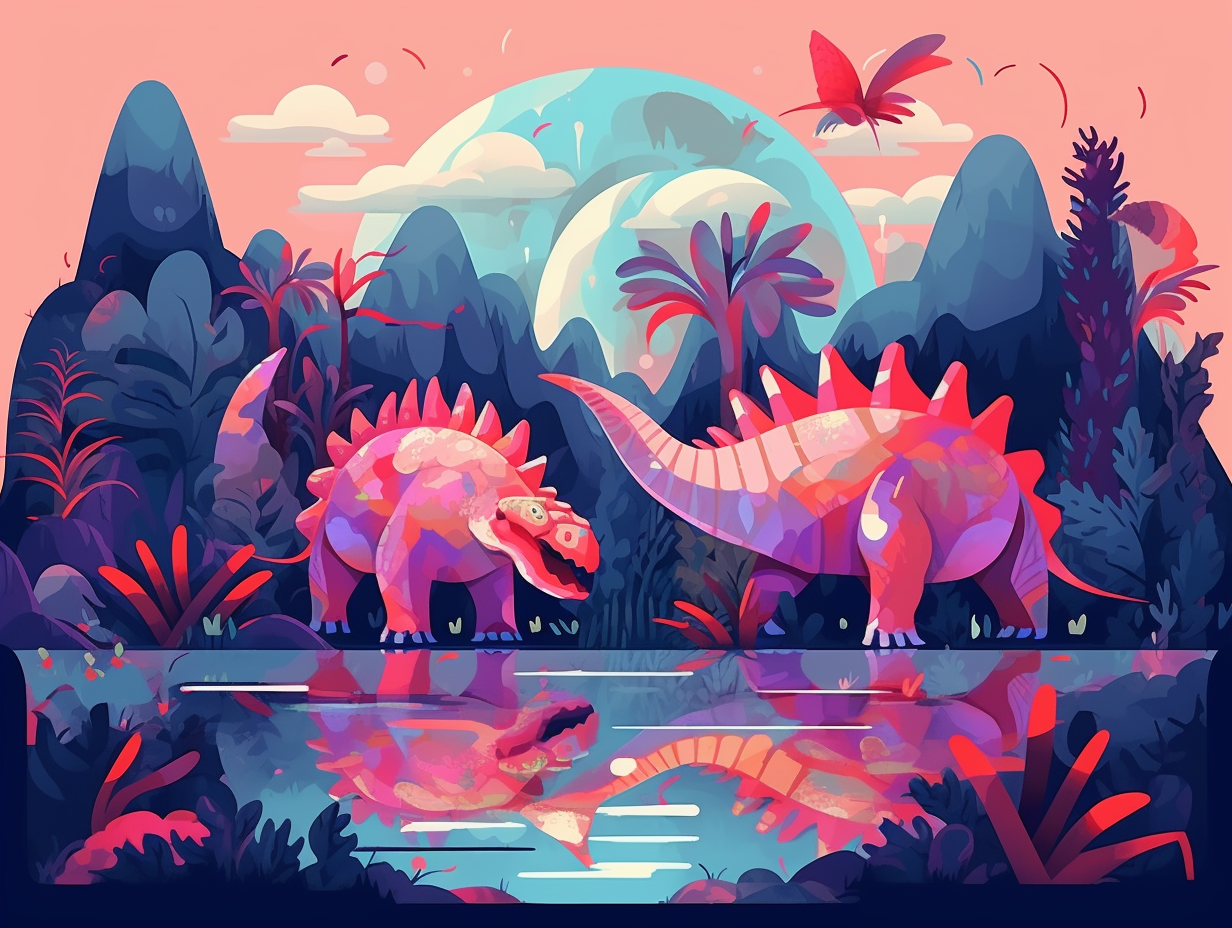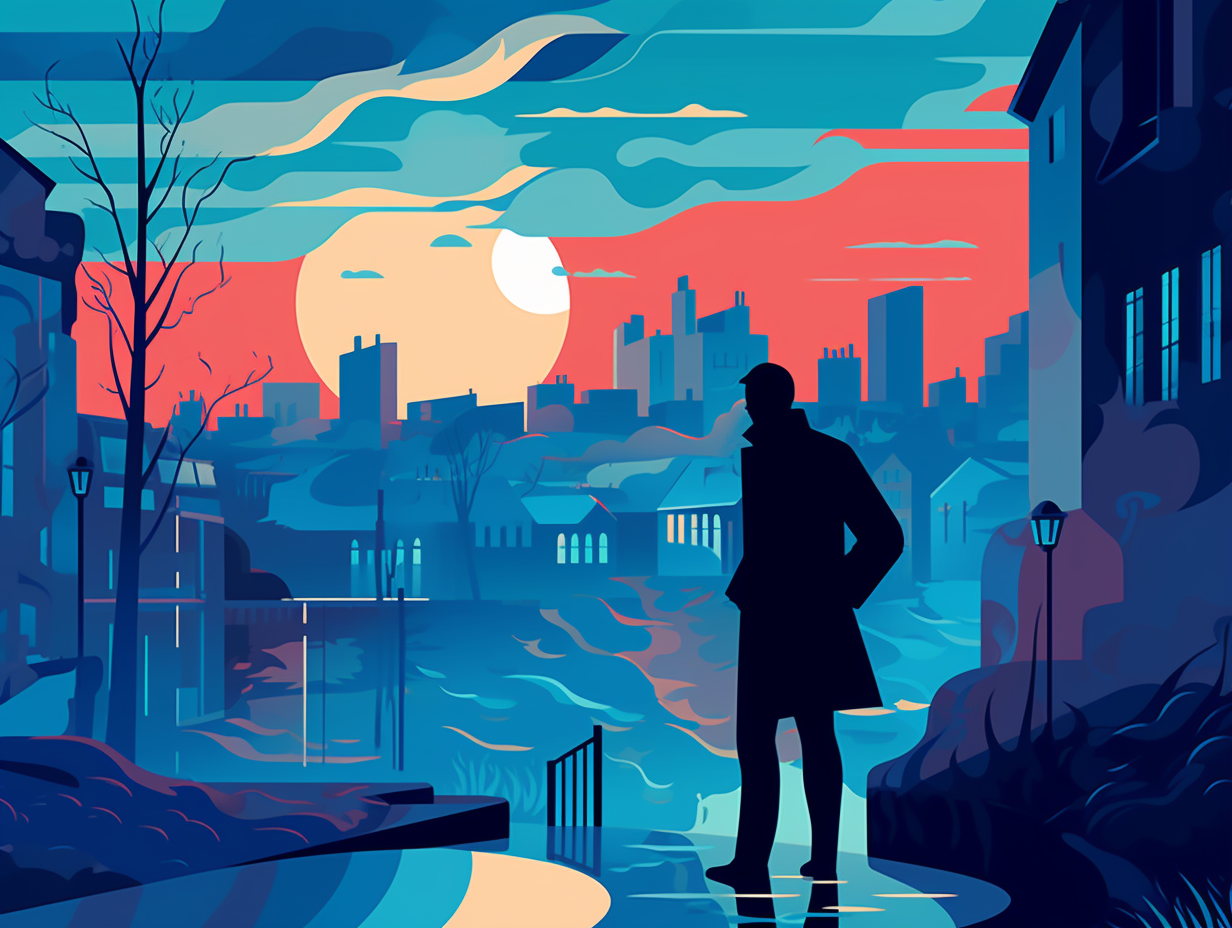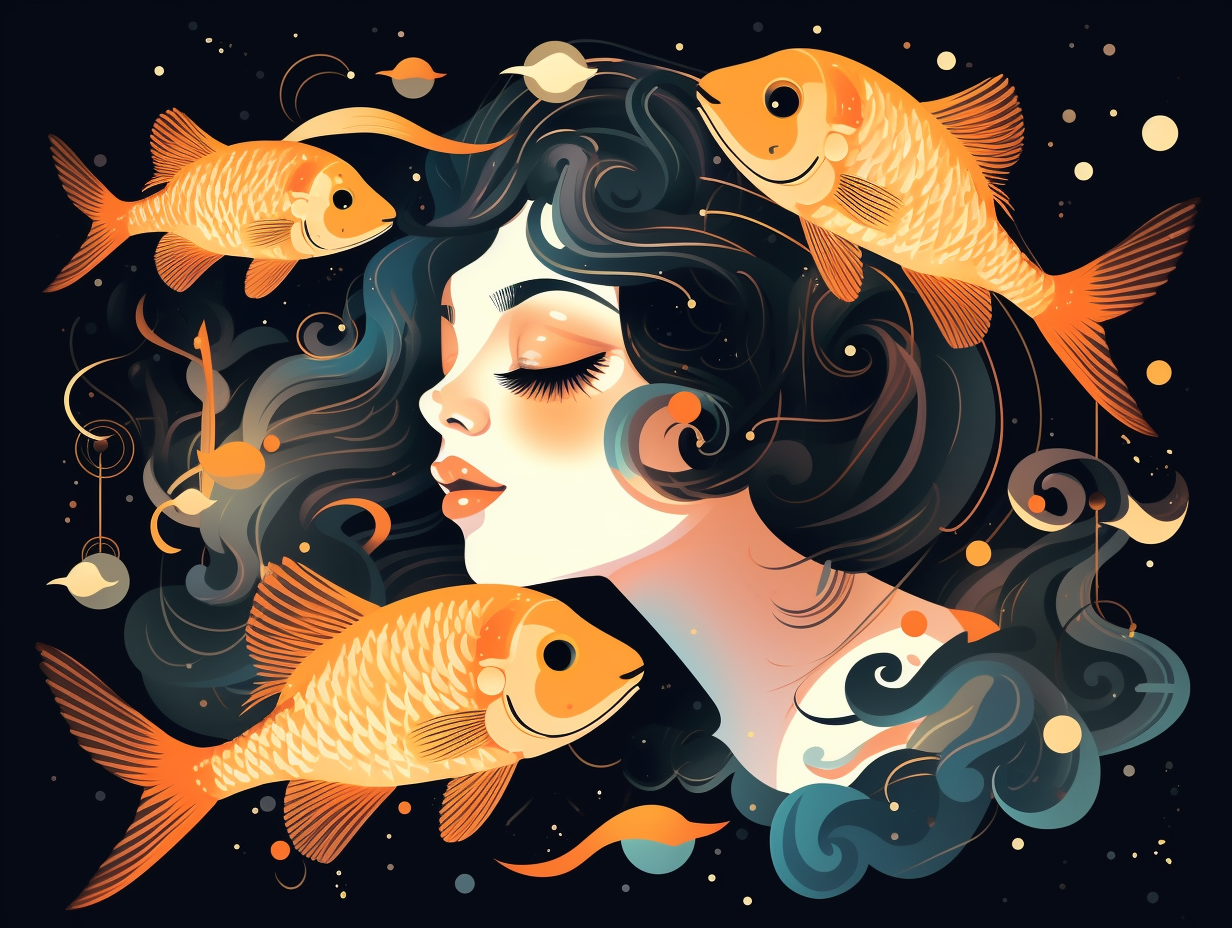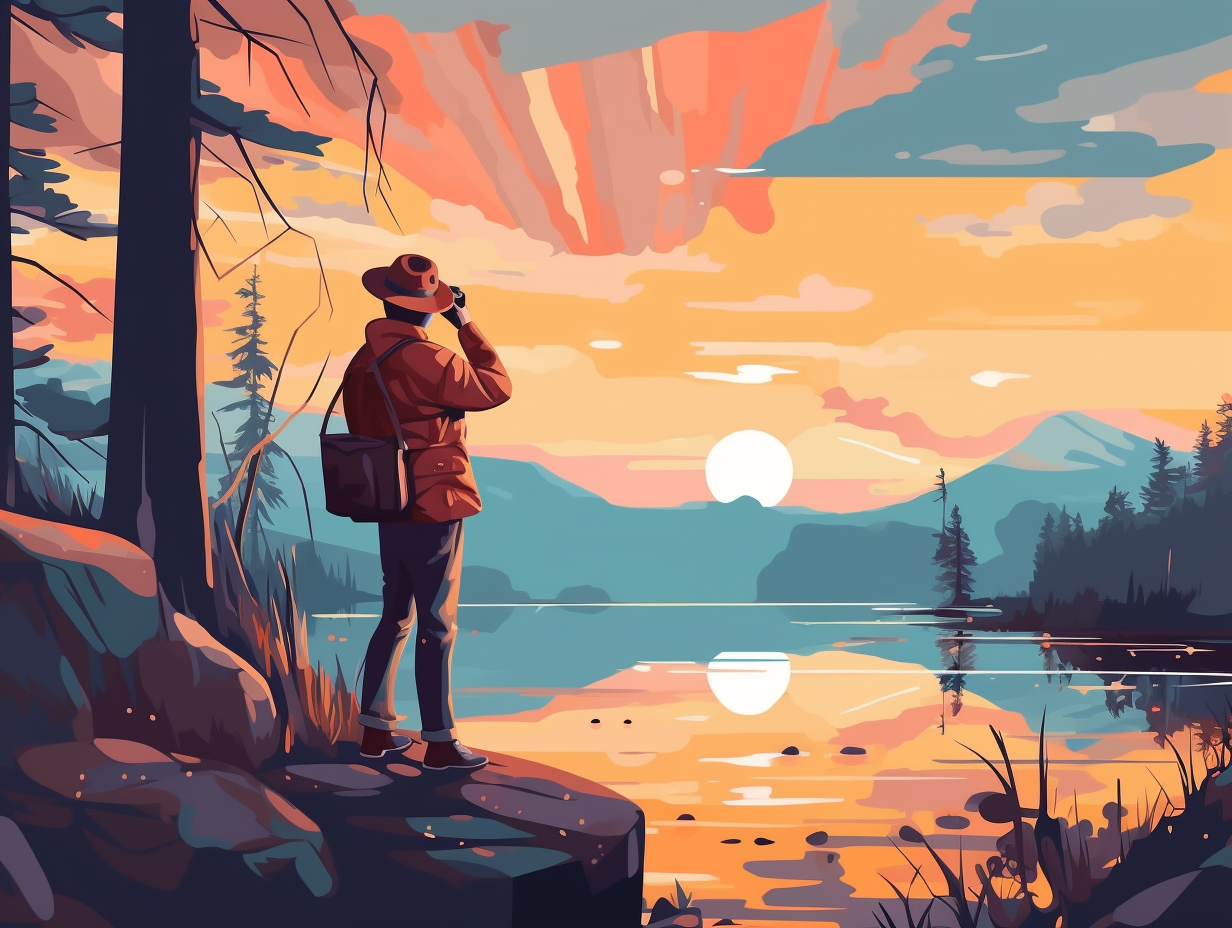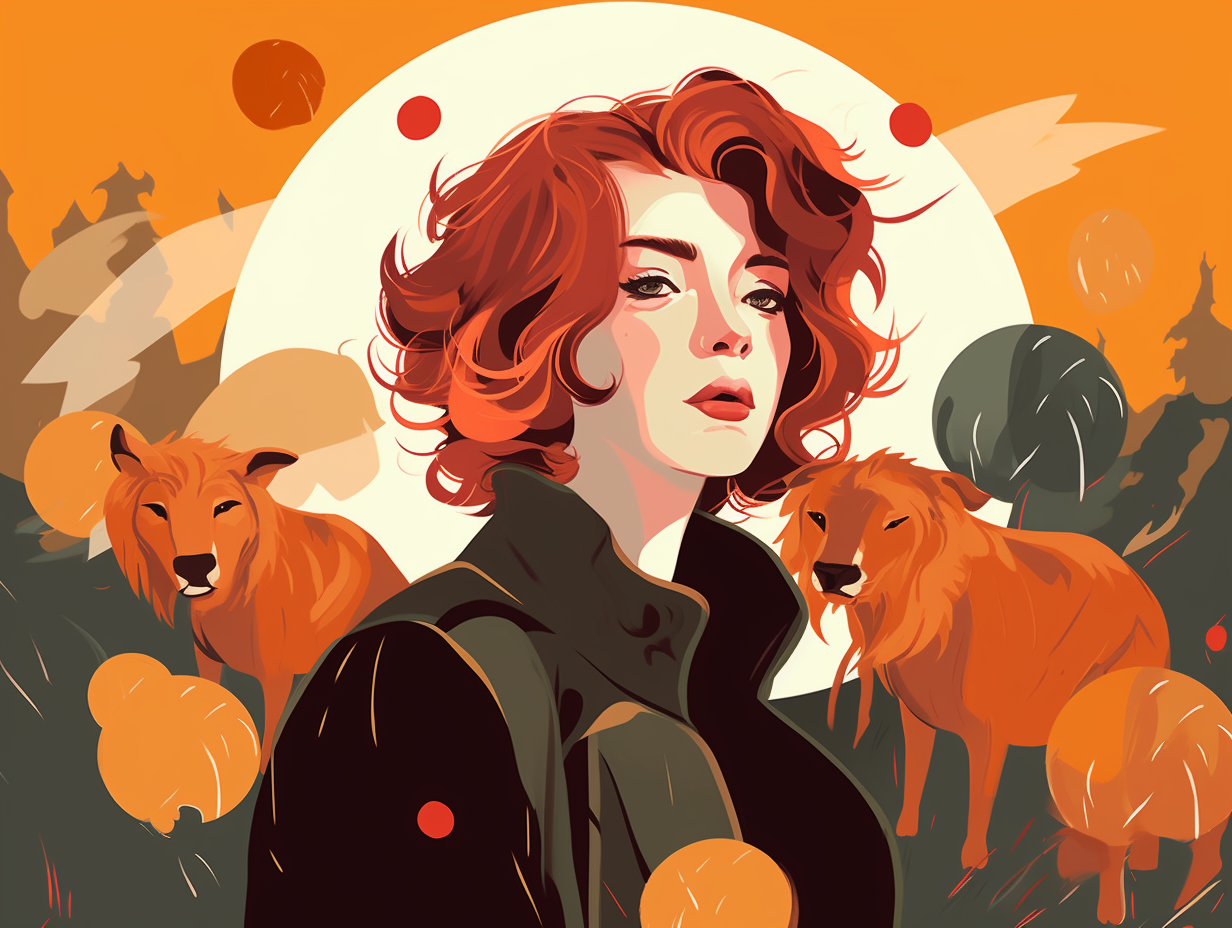11 Captivating Fun Facts About Dream Catchers You Didn't Know!
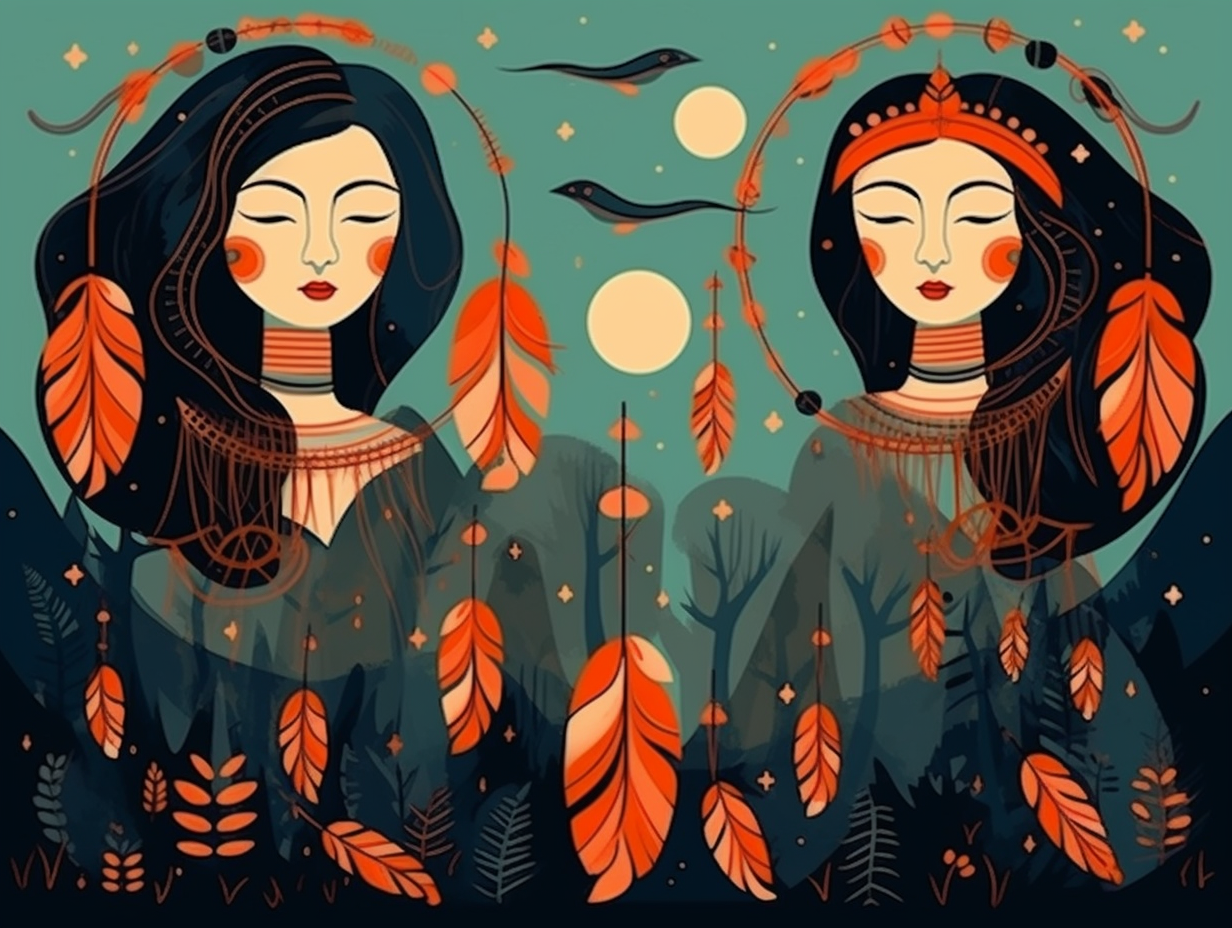
1. Nighttime Bouncers
Dream catchers: the original nighttime bouncers, sorting out the good dreams from the nightmare ruffians! In all seriousness: The Ojibwa people originally created dream catchers to protect infants from illness and evil spirits, with the web inside the hoop filtering dreams, allowing only good ones to pass through, while bad ones got caught and burned away by the morning sun.
Source => archaeologymuseum.ca
2. TikTok vs. Dream Catchers
Before tiktok-ers sang catchy lullabies to keep the bad vibes away, the Ojibwe people had a better idea for nightmare-proofing bedtime: they handcrafted dream catchers! These intricate webs, fashioned to filter out negative thoughts, were believed to promote restful sleep and even offered healing powers. All those 3 AM epiphanies turning to dust? Blame the dream catcher!
Source => nativeamericanvault.com
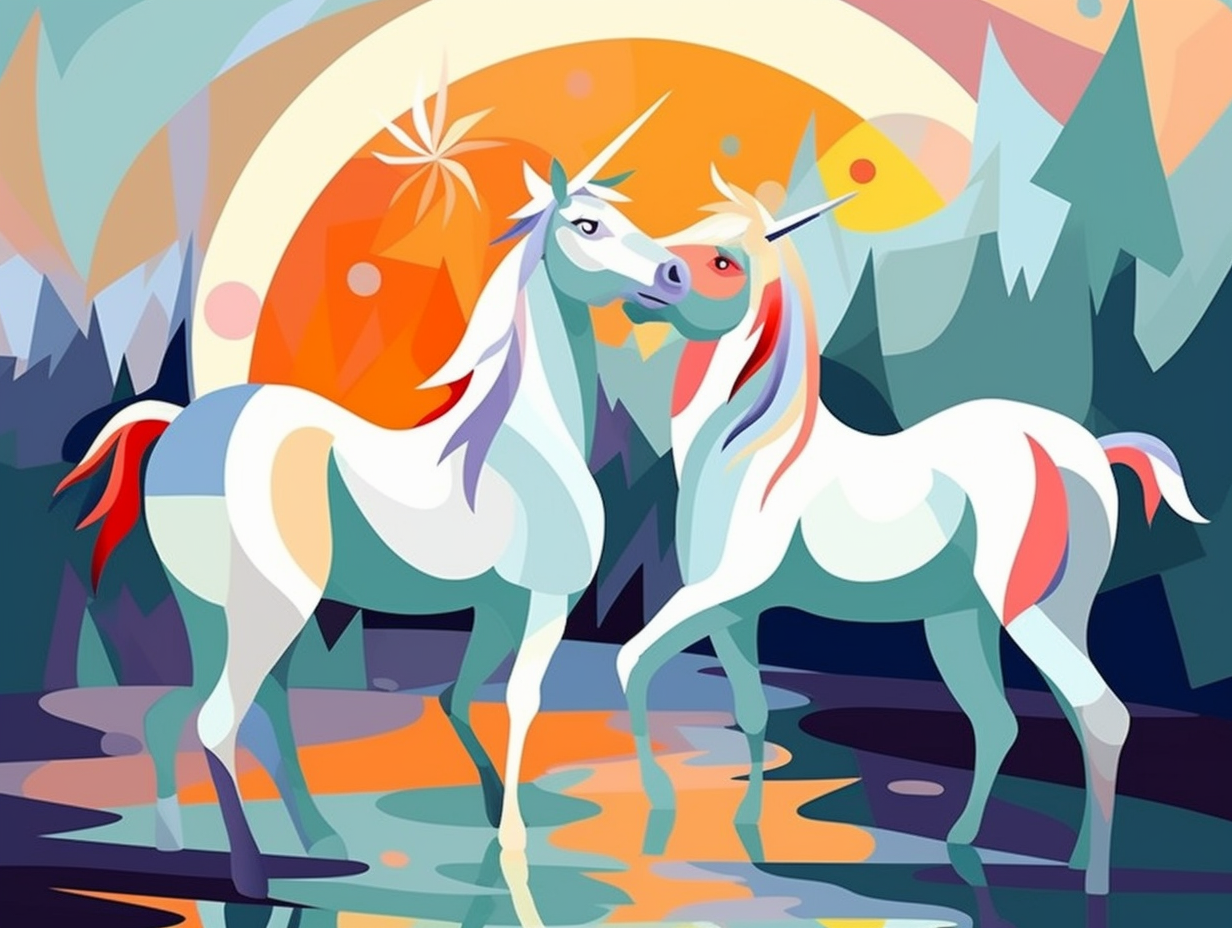
Did you know that unicorns secretly morphed into Arctic whales called narwhals? Discover how their magical horns were once believed to have healing properties and fooled people in medieval times! 🦄➡️🐋
=> Fun Facts about Unicorns
3. Eco-friendly Spiritual Stations
Feather your spiritual nest with eco-friendly dream stations: Dream catchers were originally crafted using natural materials like willow hoops, sinew, and feathers by the Ojibwe people, who believed these earthy components created a stronger connection with the spiritual realm. Even today, many still opt for traditional, au naturel dream catchers to preserve their spiritual and historical roots.
Source => shopping.aktalakota.org
4. Nocturnal Guardians Through Time
Once upon a midnight dreary, as folks crafted dreamcatchers to make sleep less eerie: it might interest you to know that Native Americans used only natural elements like feathers and animal hide for making these nocturnal guardians, while modern times have introduced synthetic materials to the mix.
Source => dreamsandmythology.com
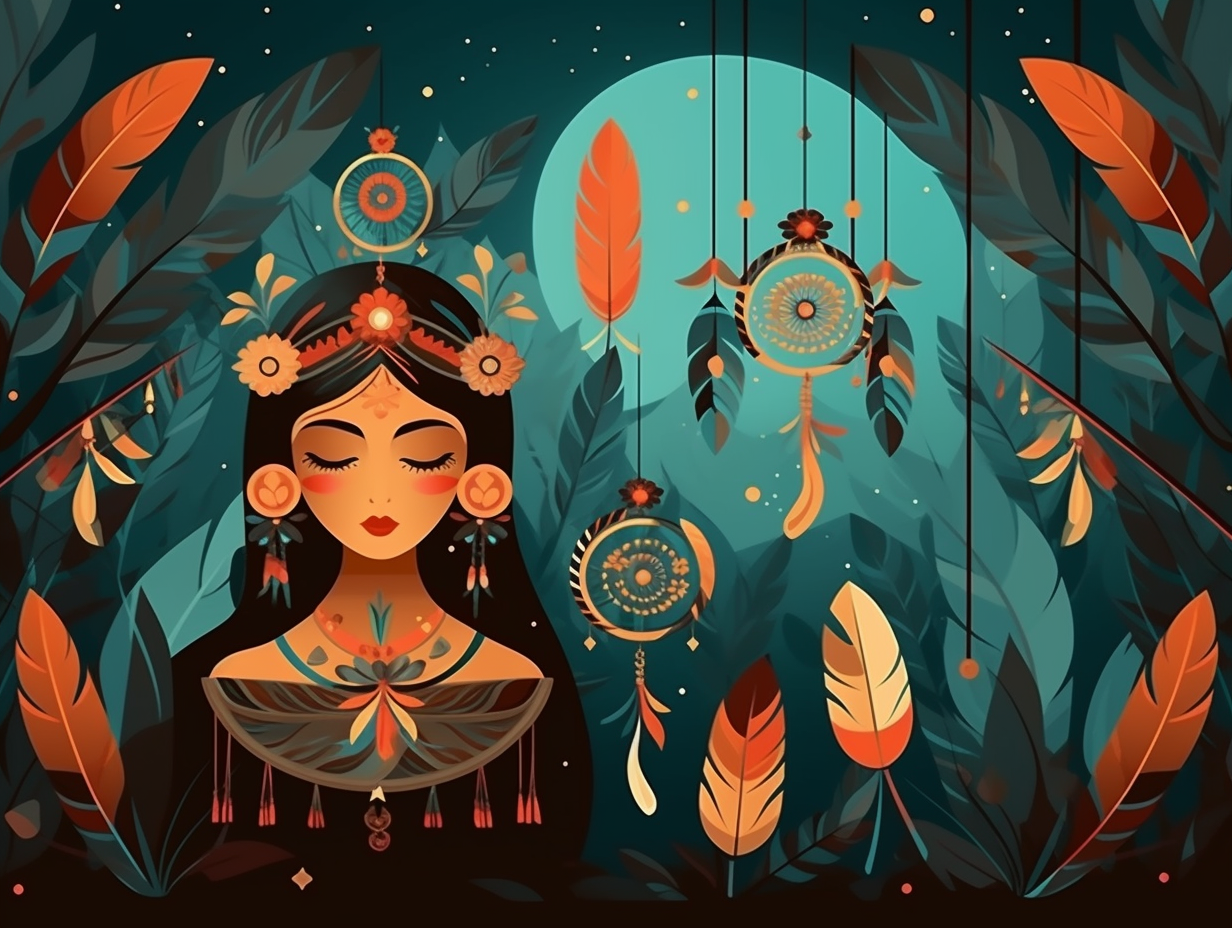
5. One-size-fits-all Dream Protection
You know what they say about the size of someone's dream catcher: it's not about how big it is, but how you use it! Like mystical one-size-fits-all mood rings for your dreams, these little guys come in handy for a range of divinely inspired tasks: From tiny ones protecting slumbering babies from pesky nightmare ninjas, to more grandiose versions guiding adults towards the delightful detours and scenic routes of dreamland, each dream catcher component (bead, web, feather, ring) has a symbolic meaning steeped in Native American culture, making them a real multi-purpose marvel and conversation starter.
Source => tribaltradeco.com
6. Cosmic Spiderweb for Bad Vibes
Ever felt like snagging those pesky bad dreams in a cosmic spiderweb, à la Ghostbusters? Dream catchers to the rescue: These Native American artifacts, traditionally featuring a web-like structure embellished with yarn, beads, and other decorative pieces, are believed to catch negative energies and evil spirits, allowing only good dreams to pass through for a peaceful and positively-spun slumber.
Source => steemit.com
7. Nocturnal Psychic Safeguarding
Before the days of "Inception" and dream-stealing technology, the Ojibwe tribe was way ahead of us in the art of nocturnal psychic safeguarding: These indigenous folks created the dream catcher, a beautifully woven craft that dates back thousands of years, shielding sleepers from bad dreams and negative energy, while letting the good slip through.
Source => owlcation.com
8. Size Matters in Dreamland
Little Bo Peep's got nothing on these bad boys: Dream catchers, those lovely woven webs, come in various sizes with the larger ones symbolizing the interconnectedness of the universe, while the smaller ones are meant for personal use. Additionally, each design is unique to its native tribe, boasting a range of patterns and point numbers that reflect their specific culture and traditions.
Source => firemountaingems.com
9. Spinning a Dreamy Yarn
While dream catchers might have missed their chance to become the web designers of ancient times, they certainly nailed the art of spinning a mean dreamy yarn: The Ojibwe Chippewa tribe originally crafted these enchanting talismans with willow twigs, stinging nettle thread, feathers, and gemstones - one for each web, promoting the belief of a single creator in the web of life. Today, practically every Native Indian tribe across the U.S. and Canada has adopted these sleep guardians, continuing their enduring legacy of fending off nightmares and ushering in sweet dreams.
Source => altus.af.mil
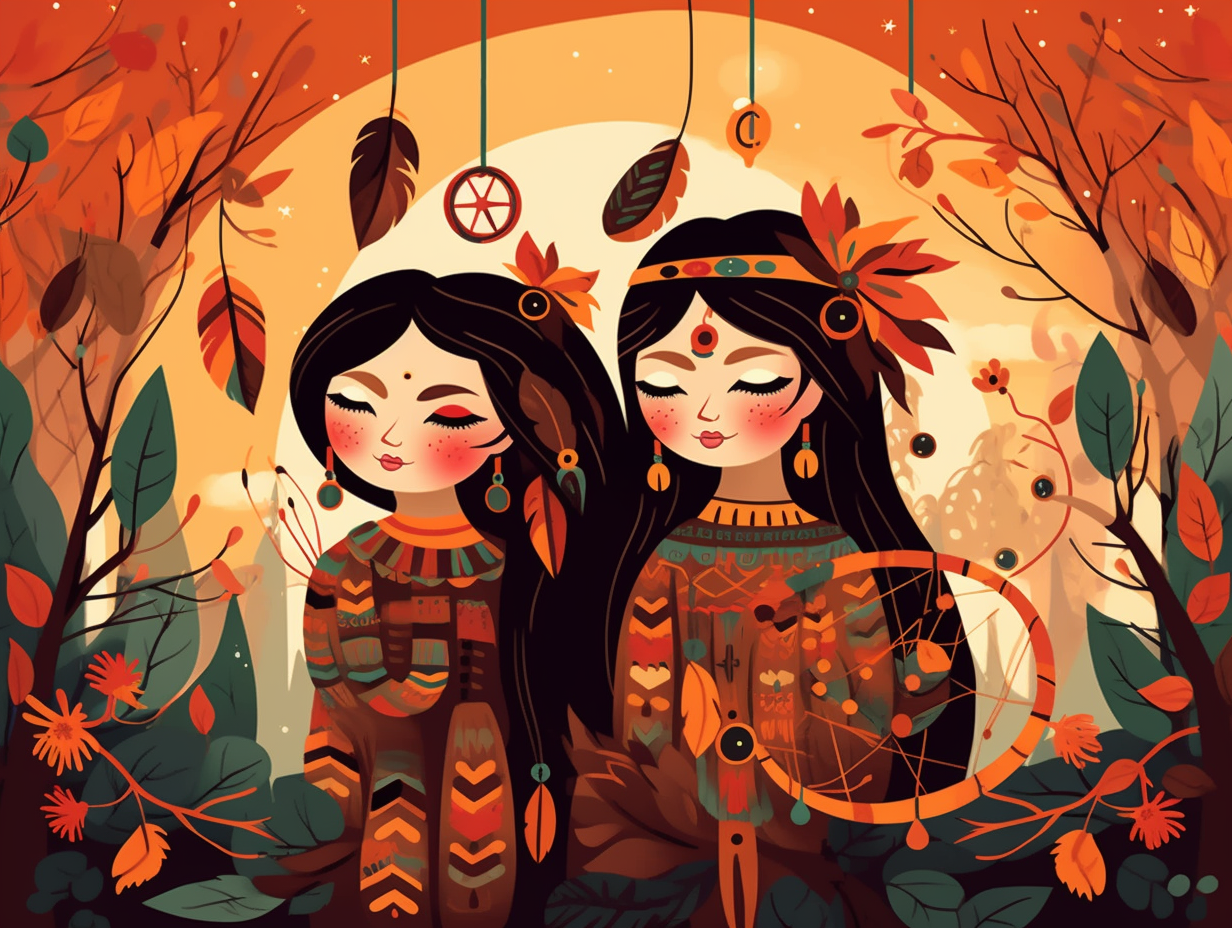
10. Globetrotting Nightmare Bouncers
Well, well, well, if it isn't our favorite nightmare-bouncer, the dream catcher, breaking cultural stereotypes and popping up in Papua New Guinea like an eager globetrotting tourist: Besides being a part of Native American traditions, dream catchers also hold a significant place among the Oksapmin tribe from Papua New Guinea, where they safeguard children from sinister, nightmare-inducing spirits.
Source => purechakra.com
11. À La Carte Dream Service
Serving up dreams à la carte, complete with beads and feathers for that personalized touch: Dreamcatchers are traditionally handmade, using a willow hoop, a web, feathers, and beads, which hold significant meaning in Native American culture - feathers help good dreams slide down softly, and beads represent the spider behind the web or the bad dreams being caught in action.
Source => theindigenousfoundation.org
Related Fun Facts

